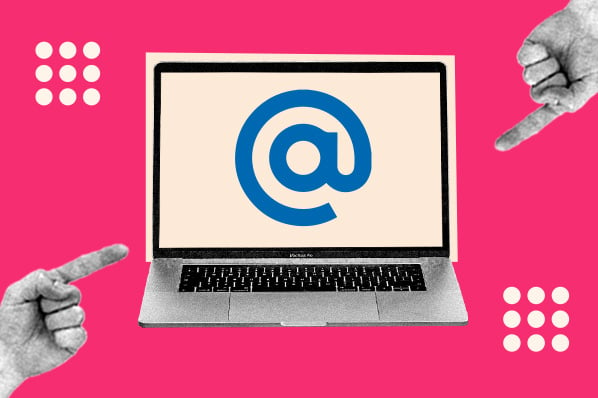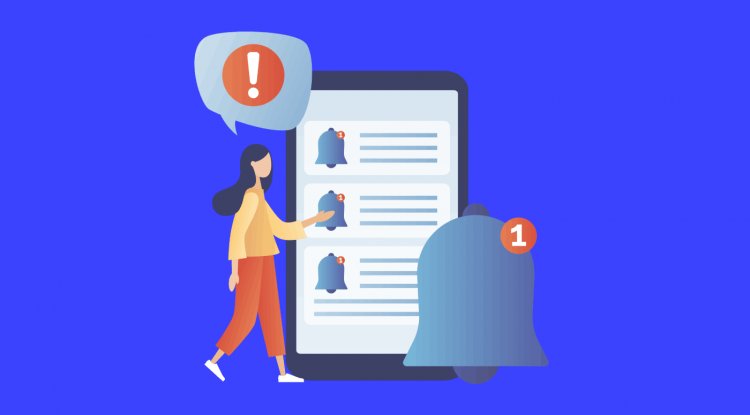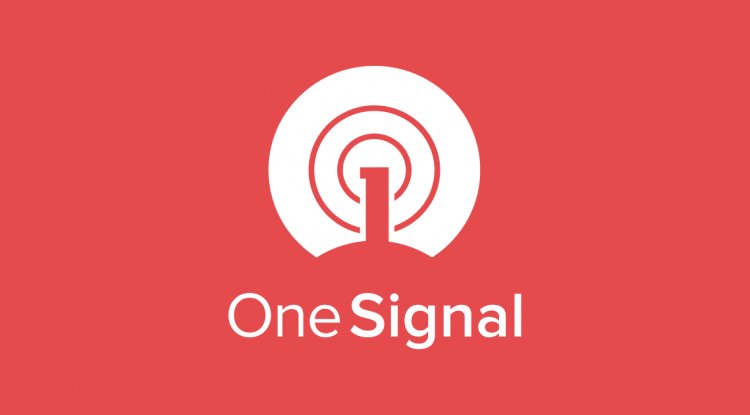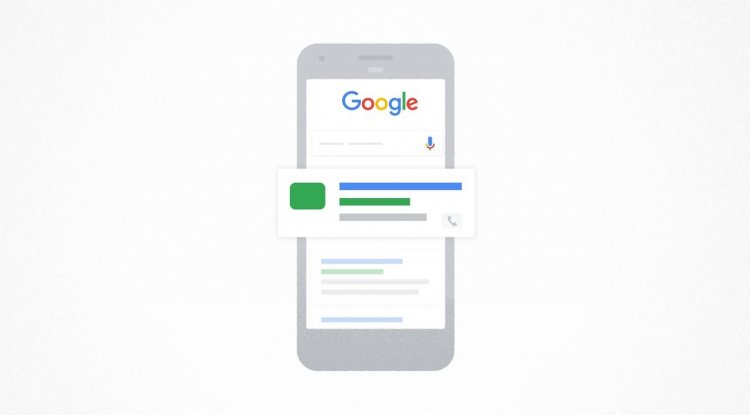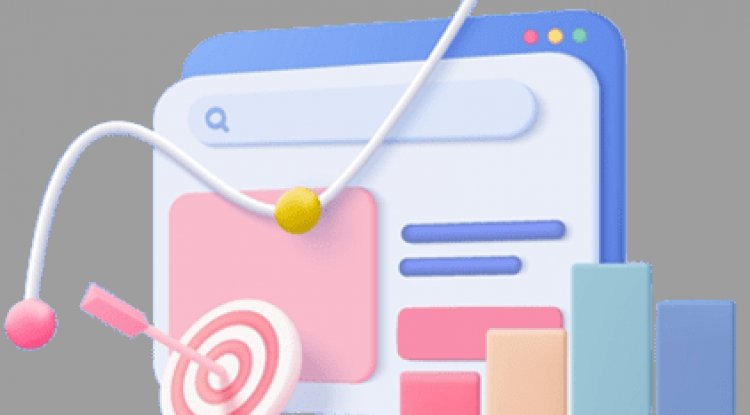How to use the App Engine Users service (Module 20)
Posted by Wesley Chun (@wescpy), Developer Advocate, Google Cloud Introduction and background The Serverless Migration Station video series and corresponding codelabs aim to help App Engine developers modernize their apps, whether it's upgrading language runtimes like from Python 2 to 3 and Java 8 to 17, or to move laterally to sister serverless platforms like Cloud Functions or Cloud Run. For developers who want more control, like being able to SSH into instances, Compute Engine VMs or GKE, our managed Kubernetes service, are also viable options.In order to consider moving App Engine apps to other compute services, developers must move their apps away from its original APIs (now referred to as legacy bundled services), either to Cloud standalone replacement or alternative 3rd-party services. Once no longer dependent on these proprietary services, apps become much more portable. Apps can stay on App Engine while upgrading to its 2nd-generation platform, or move to other compute pla


Posted by Wesley Chun (@wescpy), Developer Advocate, Google Cloud
Introduction and background
The Serverless Migration Station video series and corresponding codelabs aim to help App Engine developers modernize their apps, whether it's upgrading language runtimes like from Python 2 to 3 and Java 8 to 17, or to move laterally to sister serverless platforms like Cloud Functions or Cloud Run. For developers who want more control, like being able to SSH into instances, Compute Engine VMs or GKE, our managed Kubernetes service, are also viable options.
In order to consider moving App Engine apps to other compute services, developers must move their apps away from its original APIs (now referred to as legacy bundled services), either to Cloud standalone replacement or alternative 3rd-party services. Once no longer dependent on these proprietary services, apps become much more portable. Apps can stay on App Engine while upgrading to its 2nd-generation platform, or move to other compute platforms as listed above.
Adding use of Users service
 |
| Sample app now supports user logins and App Engine admin users (click to enlarge) |
- If the user is logged in, show their "nickname" (display name or email address) and display a Logout button. If the logged-in user is an App Engine app admin, also display an "admin" badge (between nickname and Logout button).
- If the user is not logged in, display the username generically as "user", remove any admin badge, and display a Login button.
Wrap-up
What's Your Reaction?












